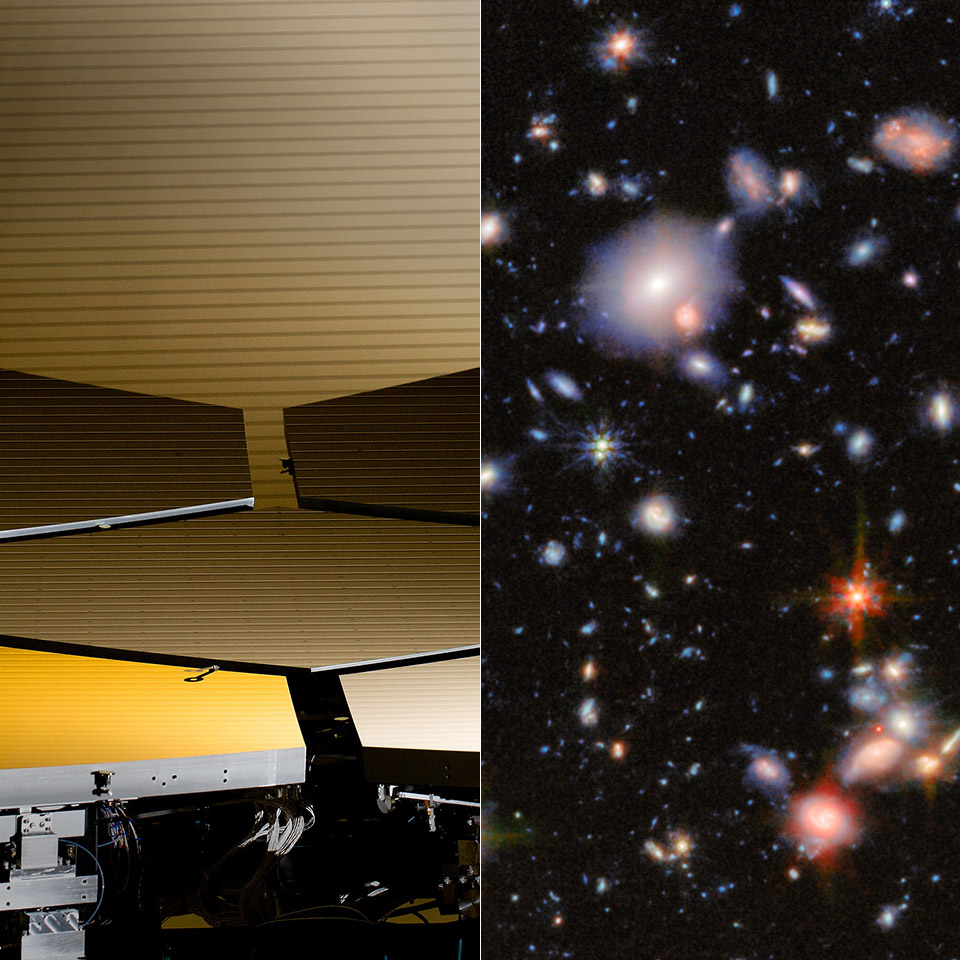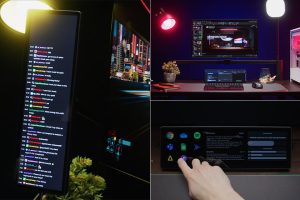Webb’s Take on the Hubble Ultra Deep Field Provides New Window Into the Cosmos


NASA’s James Webb Space Telescope gives us a stunning new view of one of astronomy’s most famous patches of darkness that we call the sky. The Hubble Ultra Deep Field showed nearly 10,000 galaxies in one frame and has been the gold standard for understanding the distant past of the universe. Now, Webb has turned its infrared eyes on the same region, the MIRI Deep Imaging Survey (MIDIS) field, and the results are breathtaking.
For nearly 100 hours, Webb’s Mid-Infrared Instrument (MIRI) stared at this tiny slice of sky—2.11 by 1.78 arcminutes, a fraction of the size of the full moon—using its three shortest-wavelength filters. Combined with data from the Near-Infrared Camera (NIRCam), this is the longest exposure of an extragalactic field in a single filter that Webb has made to date. And the result? A picture with over 2,500 light sources, each one a galaxy or star.
Sale

LEGO Technic NASA Apollo Lunar Roving Vehicle LRV Building Set – Collectible Set for Adults, Ages 18+ -…
- Build a realistic LEGO Technic lunar rover model – This LRV building kit for adults is packed with authentic details including seats, steering,…
- NASA model for adults – Enjoy a mindful project assembling all the details of the rover and equipment including the battery pack, heating and…
- A build for NASA fans – Remember the Apollo 17 mission with a display that features the lunar roving vehicle alongside 3 detailed equipment…
Orange and red is the longest mid-infrared, galaxies with dust, starbursting or active galactic nuclei—supermassive black holes at the center that radiate lots of energy. The smaller greenish-white dots are the most distant galaxies, their light stretched by the universe’s expansion into what’s called high redshift, appearing in these colors because their spectra peak in mid-infrared. Blue and cyan galaxies shine brightest in shorter near-infrared, often with no dust or activity of their redder neighbors.

Webb’s mid-infrared resolution lets us zoom in on the shapes and structures of these galaxies. Some are big, dusty systems that formed early in the universe’s history, their stars already mature when the universe was young. Others are faint, distant dots, their light has been traveling for eons to get to us. By looking at how the light is distributed, we can piece together what happened—how stars formed, how dust accumulated, how galaxies collided and merged.
Hubble’s Ultra Deep Field, released in 2004, was jaw dropping to say the least, showing a universe full of galaxies in a patch of sky that looked empty to the naked eye. Webb’s version is smaller in area, but goes deeper. Its infrared sensitivity shows galaxies Hubble couldn’t see, especially those hidden in dust or so far away their light has shifted out of the visible spectrum. The MIDIS region, part of programs led by Göran Östlin, builds on this legacy, combining MIRI and NIRCam data to create a more detailed image. It’s like going from black and white to color, high definition—every galaxy has a story and Webb gives us more chapters.
[Source]
Webb’s Take on the Hubble Ultra Deep Field Provides New Window Into the Cosmos
#Webbs #Hubble #Ultra #Deep #Field #Window #Cosmos






